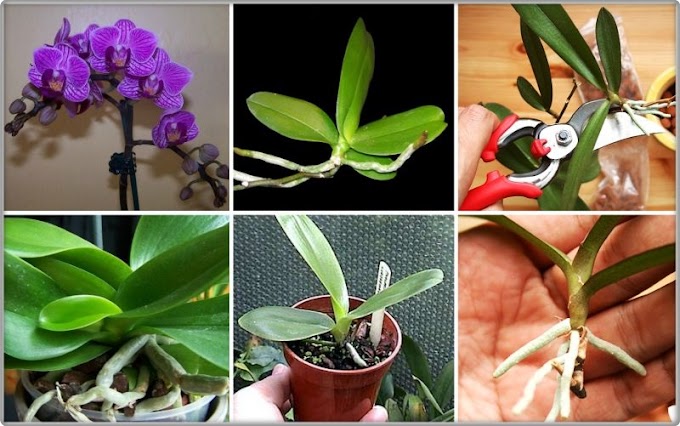Aloe zebrina is a small to med sized maculated/striped aloe that form small groups from offsets at the base of plants of varying size. It can grow up to up to 160 cm tall and 200 cm in diameter It looks a bit like many other striped to spotted aloes particularly to Aloe saponaria but with slender more elongated leaves 15–25, densely clustered into a rosette, without petiole, 15-35 cm long, 6–7(-10) cm.
Due to its wide distribution it is a very variable species and diffrences exist between populations It is usually stemless, up to 30 cm long but can have a short stem. Aloe zebrina are densely clustered into a rosette up to 40 cm tall and have a slightly channelled upper surface.
Flowers are fairly inconspicuous, bisexual dull red/pink striped. Inflorescence 0.75–2 m tall with stalk copiously branched above the middle, the branches terminating in lax racemes 30–40 cm long, bracts linear-lanceolate, approx 1 cm long. Pedicel 6–7 mm long; perianth tubular, 3–3.5 cm long, 6-lobed, dull red, much inflated around the ovary, 3 outer lobes acute, many-veined, 3 inner lobes more obtuse and wider; stamens 6, included; ovary superior, 6-grooved, 3-celled, style filiform, stigma headlike.
Origin:
Aloe zebrina native to Ranges into Southern Africa,Namibia , Angola, Botswana, Zimbabwe, Mozambiqu and may be present also in other parts of tropical Africa.
Hardiness:
Hardiness Zone USDA: 9b: to -3.8 °C (25 °F).
How to Grow and Care
Knowing how to propagate aloe plants will multiply your succulent collection.
What makes aloe propagation so easy? The answer is simple: offsets. While wild growing aloe vera or other aloes like aloe brevifolia may propagate by seeding, they mainly propagate through their offsets.
Offsets, also called pups or offshoots, are clones that grow from the stem or roots of the parent plant. Pups rely on the parent for water and nutrients until their own root system is established. The result is a single parent plant growing outwards into a clump of many connected plants, each with its own roots.
Aloe plants usually don’t produce offsets until they’re a few years old. In general, the older and healthier the plant is, the better it will grow pups. To encourage your plant to offset, give your aloe plenty of sunlight. You may also give your plant some succulent fertilizer in the spring or early summer.To propagate from pups, you simply have to divide the plant. This is by far the easiest propagation method for aloes.
– Learn more at: HOW TO GROW AND CARE ALOE
Subspecies,varieties, forms and cultivars of plants belonging to the Aloe zebrina complex:
Due to its wide distribution it is a very variable species and diffrences exist between populations It is usually stemless, up to 30 cm long but can have a short stem. Aloe zebrina are densely clustered into a rosette up to 40 cm tall and have a slightly channelled upper surface.
Flowers are fairly inconspicuous, bisexual dull red/pink striped. Inflorescence 0.75–2 m tall with stalk copiously branched above the middle, the branches terminating in lax racemes 30–40 cm long, bracts linear-lanceolate, approx 1 cm long. Pedicel 6–7 mm long; perianth tubular, 3–3.5 cm long, 6-lobed, dull red, much inflated around the ovary, 3 outer lobes acute, many-veined, 3 inner lobes more obtuse and wider; stamens 6, included; ovary superior, 6-grooved, 3-celled, style filiform, stigma headlike.
- Scientific name: Aloe zebrina Baker
- Common names: Zebra leaf aloe, Tiger Aloe,Partridge breast aloe, Spotted Aloe
- Synonyms:Aloe transvaalensis var. stenacantsee, Aloe platyphylla,Aloe lugardiana, Aloe bamangwatensis,Aloe transvaalensis,Aloe laxissima, Aloe ammophila, Aloe angustifolia
- Family: Asphodelaceae
- Subfamily: Asphodeloideae
- Genus: ALOE
Origin:
Aloe zebrina native to Ranges into Southern Africa,Namibia , Angola, Botswana, Zimbabwe, Mozambiqu and may be present also in other parts of tropical Africa.
Hardiness:
Hardiness Zone USDA: 9b: to -3.8 °C (25 °F).
 |
| source pic: agaveville.org |
How to Grow and Care
Knowing how to propagate aloe plants will multiply your succulent collection.
What makes aloe propagation so easy? The answer is simple: offsets. While wild growing aloe vera or other aloes like aloe brevifolia may propagate by seeding, they mainly propagate through their offsets.
Offsets, also called pups or offshoots, are clones that grow from the stem or roots of the parent plant. Pups rely on the parent for water and nutrients until their own root system is established. The result is a single parent plant growing outwards into a clump of many connected plants, each with its own roots.
Aloe plants usually don’t produce offsets until they’re a few years old. In general, the older and healthier the plant is, the better it will grow pups. To encourage your plant to offset, give your aloe plenty of sunlight. You may also give your plant some succulent fertilizer in the spring or early summer.To propagate from pups, you simply have to divide the plant. This is by far the easiest propagation method for aloes.
– Learn more at: HOW TO GROW AND CARE ALOE
 |
| source pic: growerjim.blogspot.com |
 |
| source pic: agaveville.org |
 |
| source pic: tropical.theferns.info |
- Aloe ammophila
- Aloe angustifolia
- Aloe bamangwatensis
- Aloe baumii
- Aloe constricta
- Aloe komatiensis
- Aloe laxissima
- Aloe lettyae
- Aloe lugardiana
- Aloe transvaalensis
- Aloe vandermerwei
SUCCULENT PLANTS: Browse succulents by Scientific Name, Common Name, Genus, Family, USDA Hardiness Zone, Origin, or cacti by Genus



